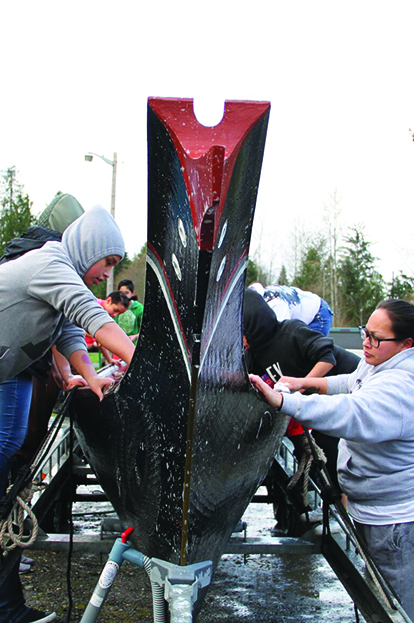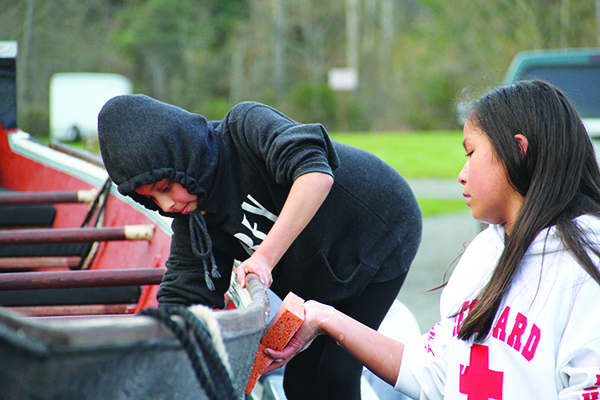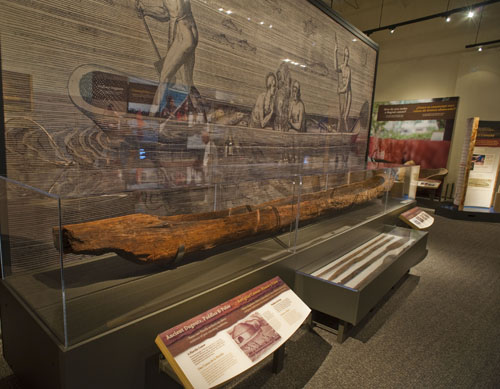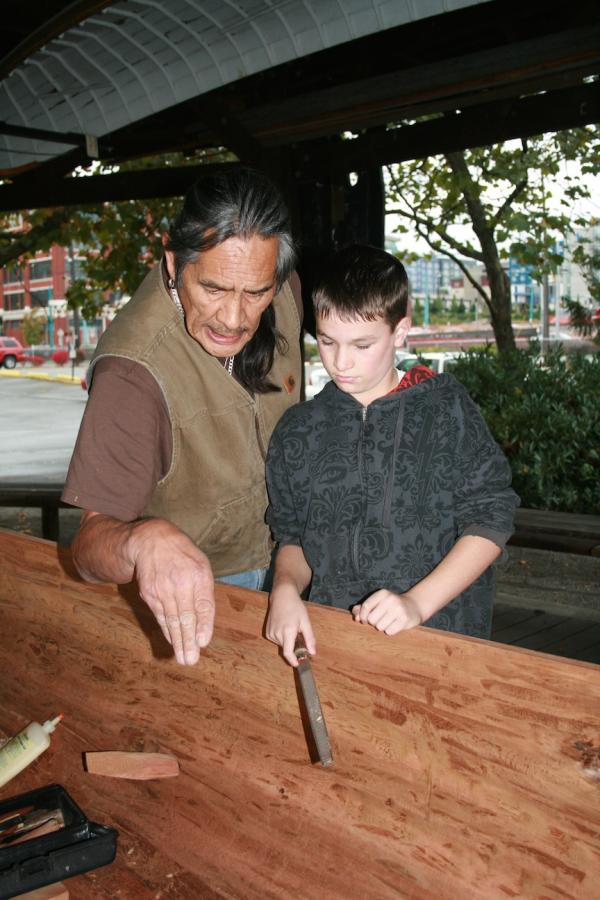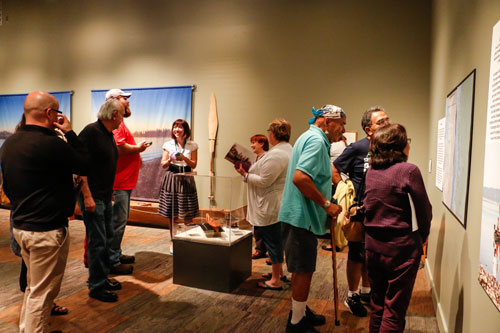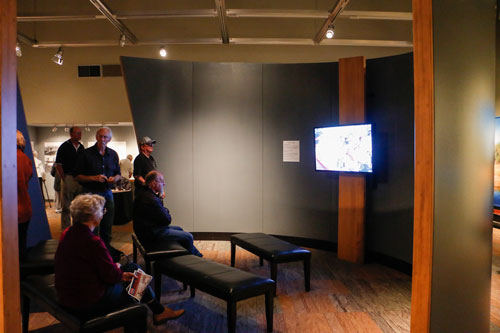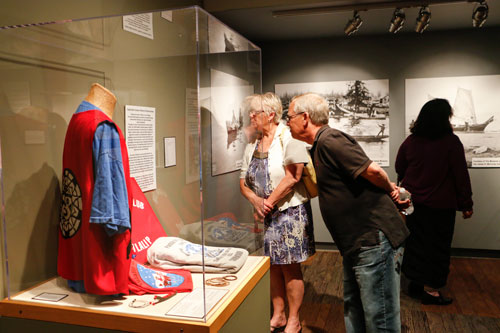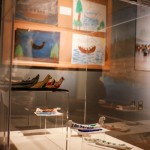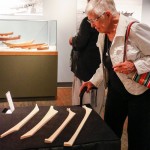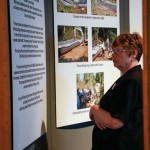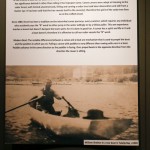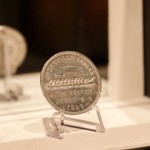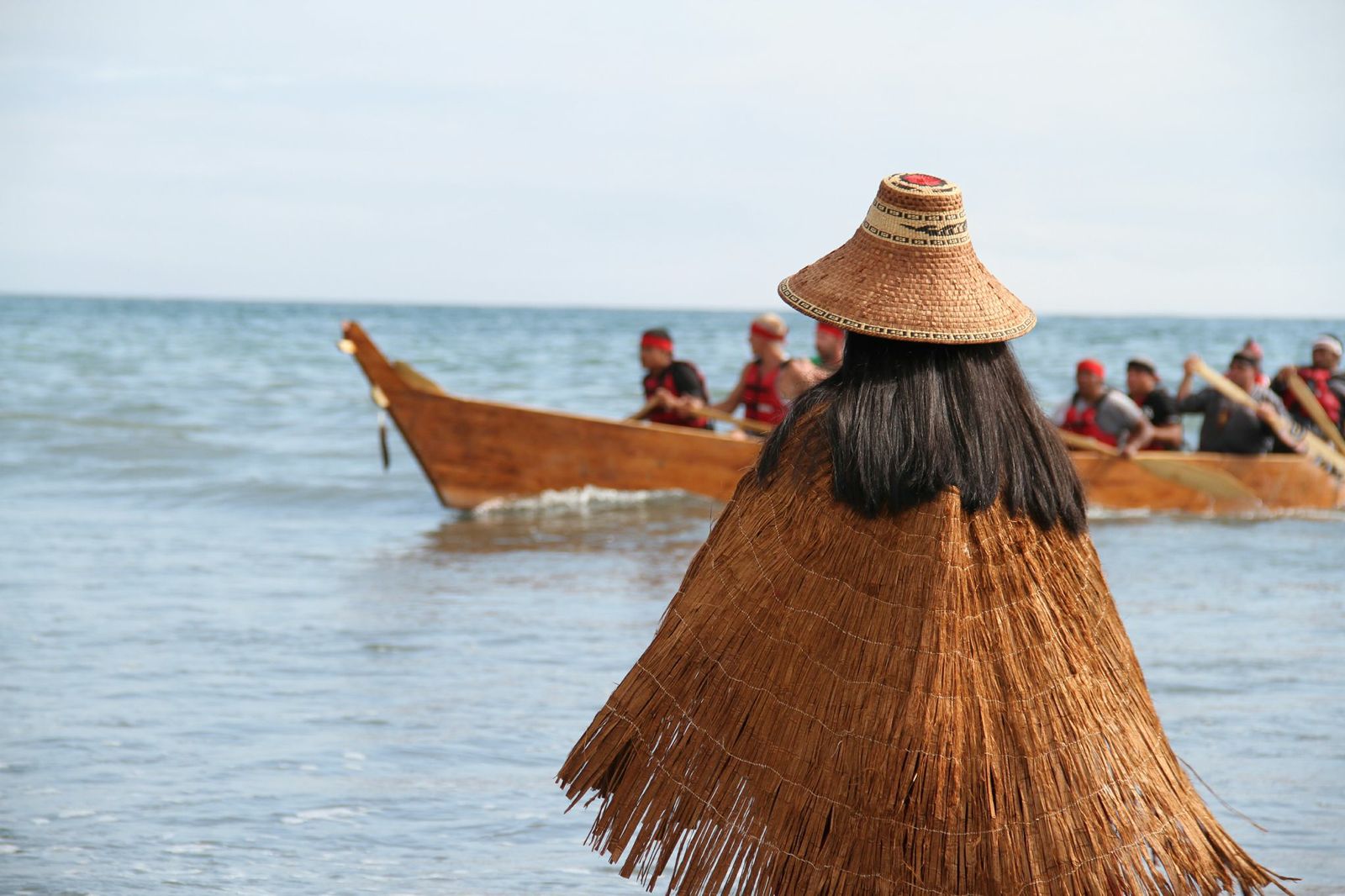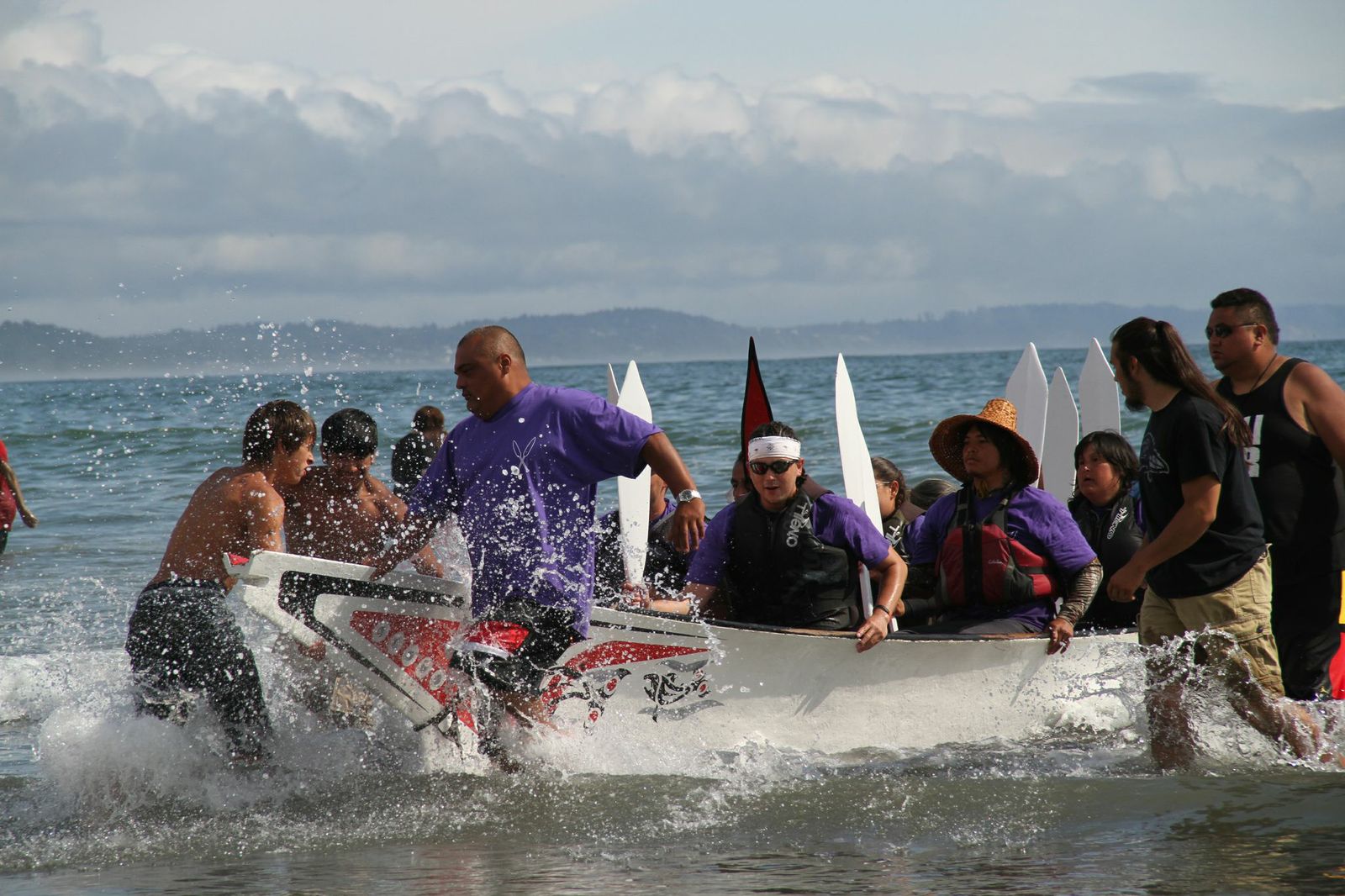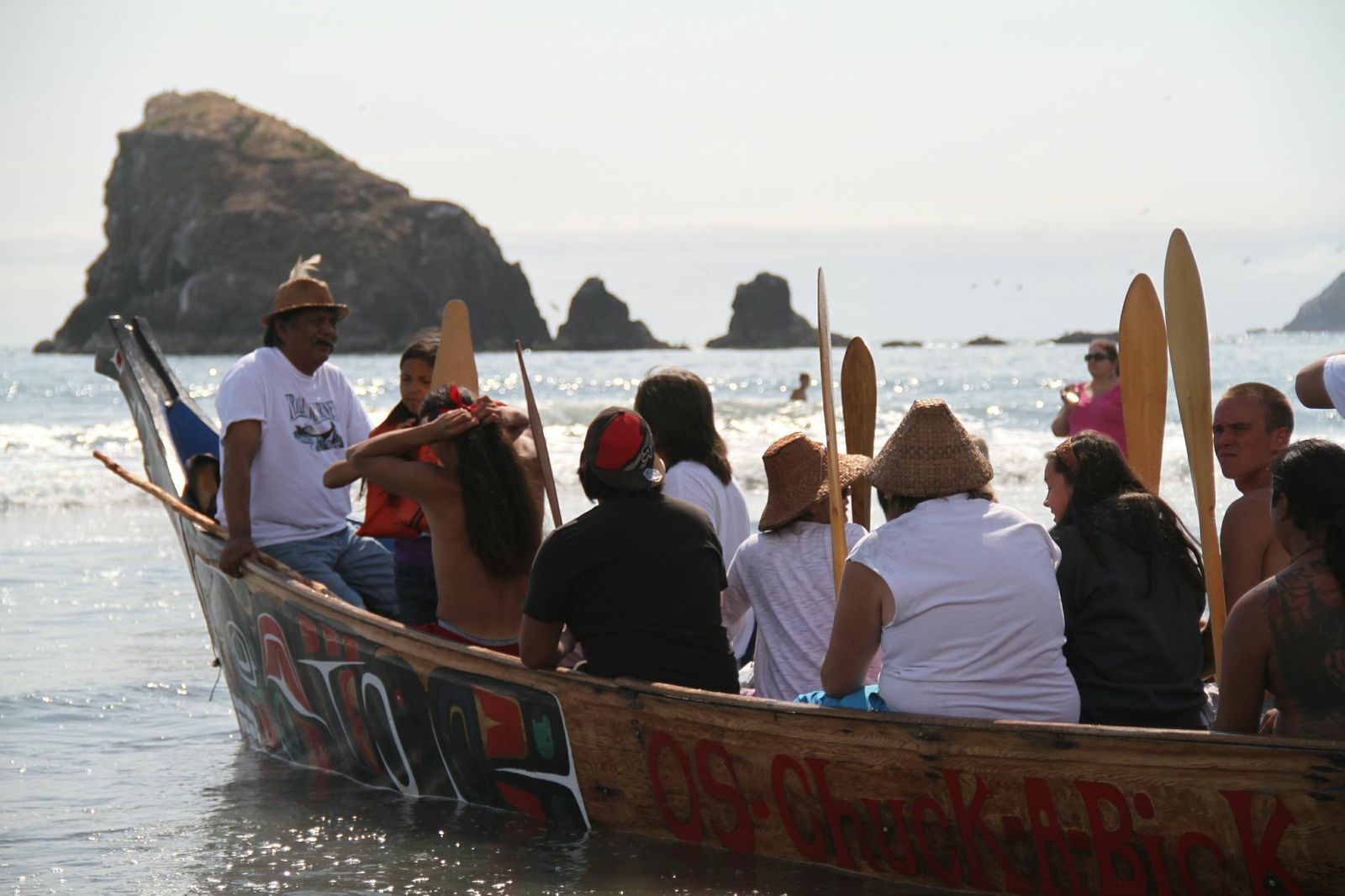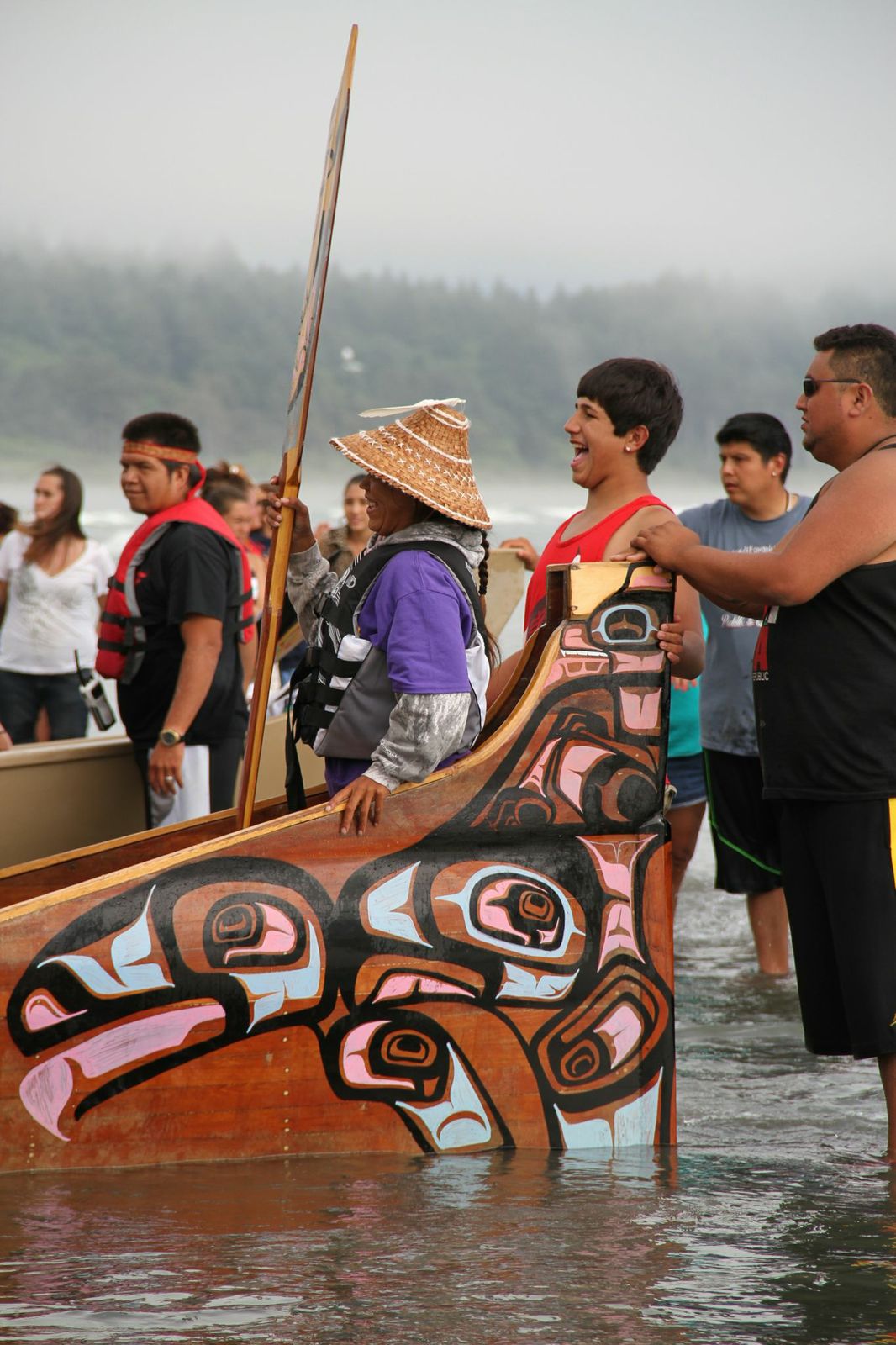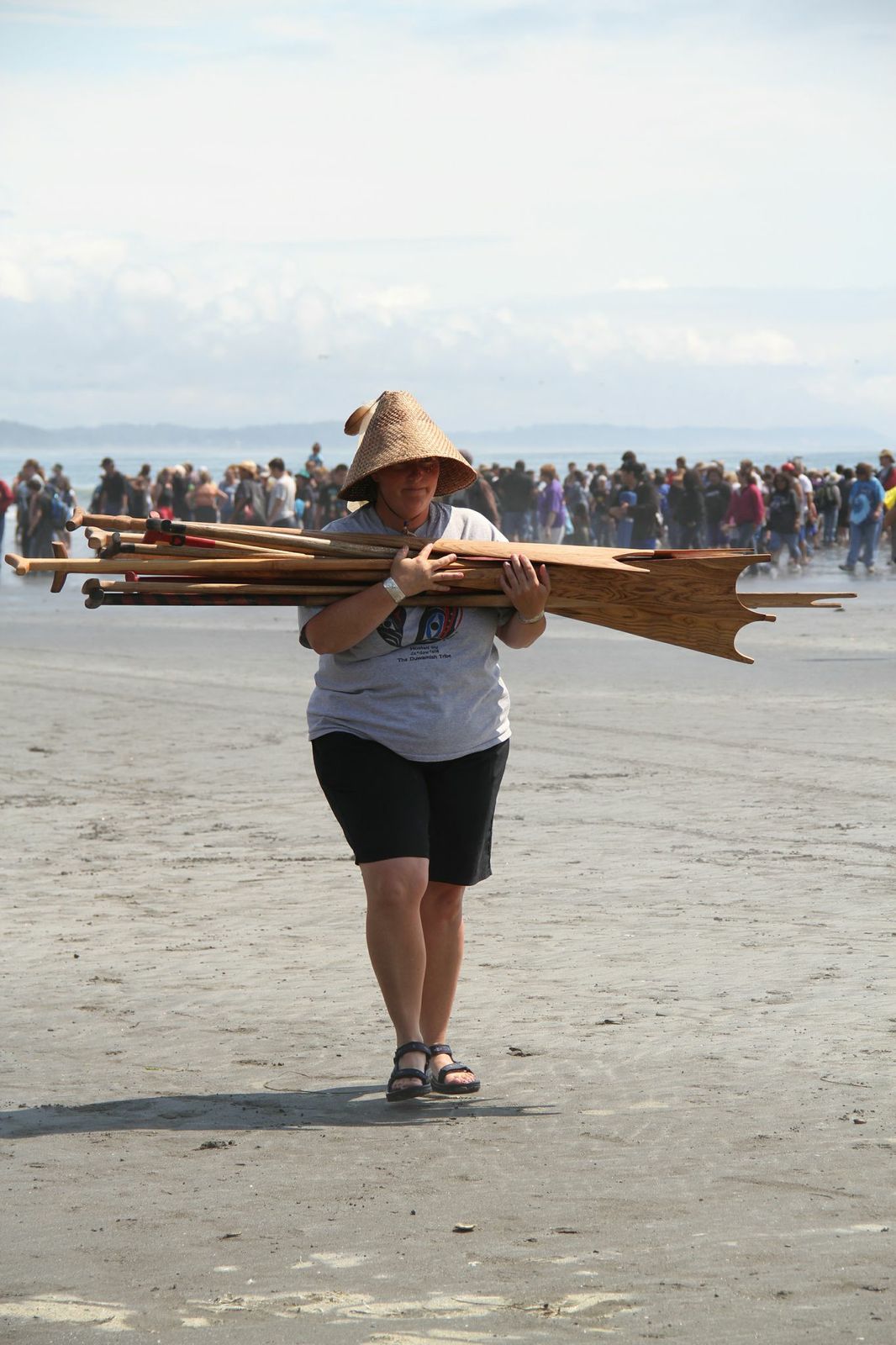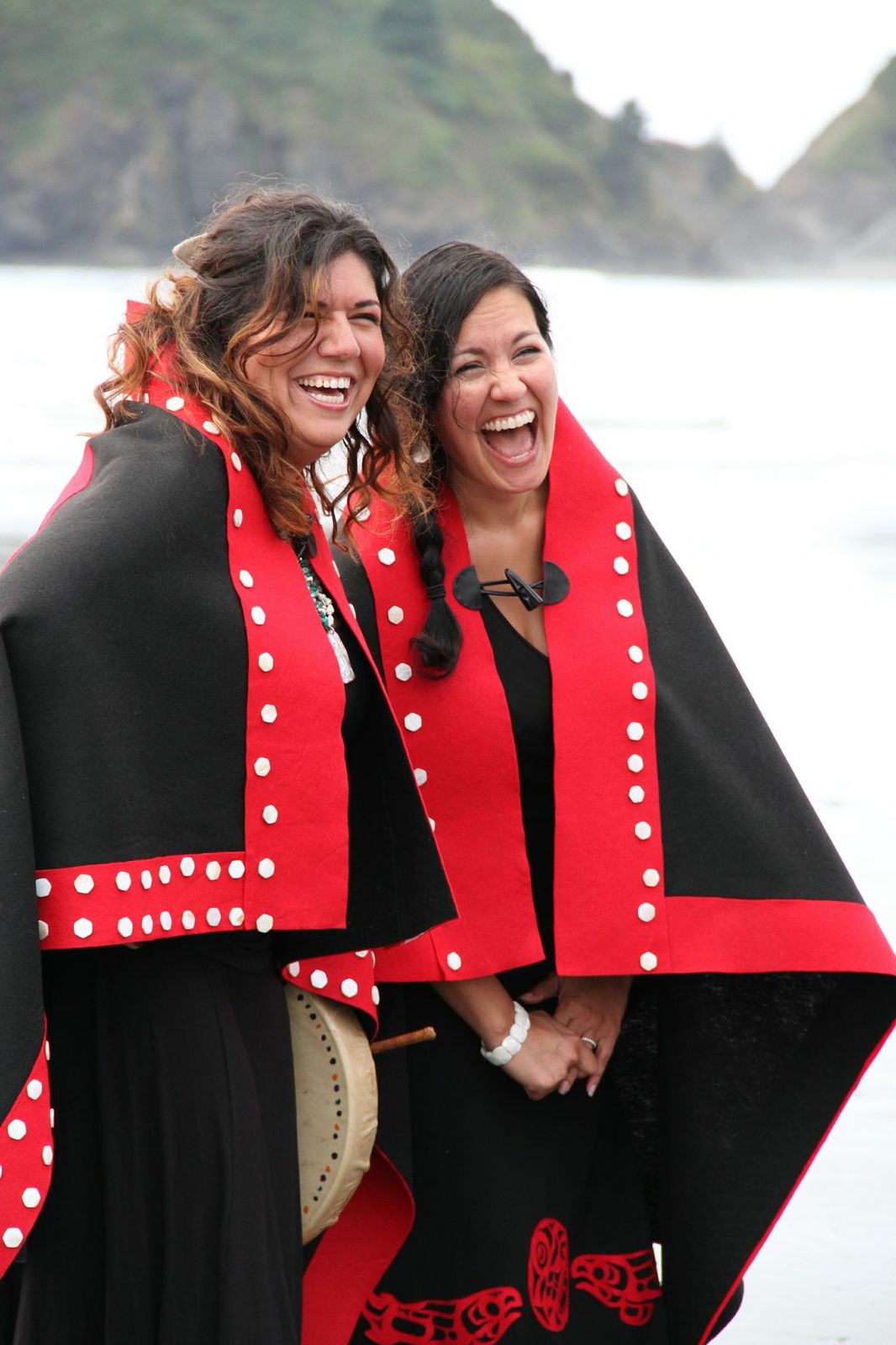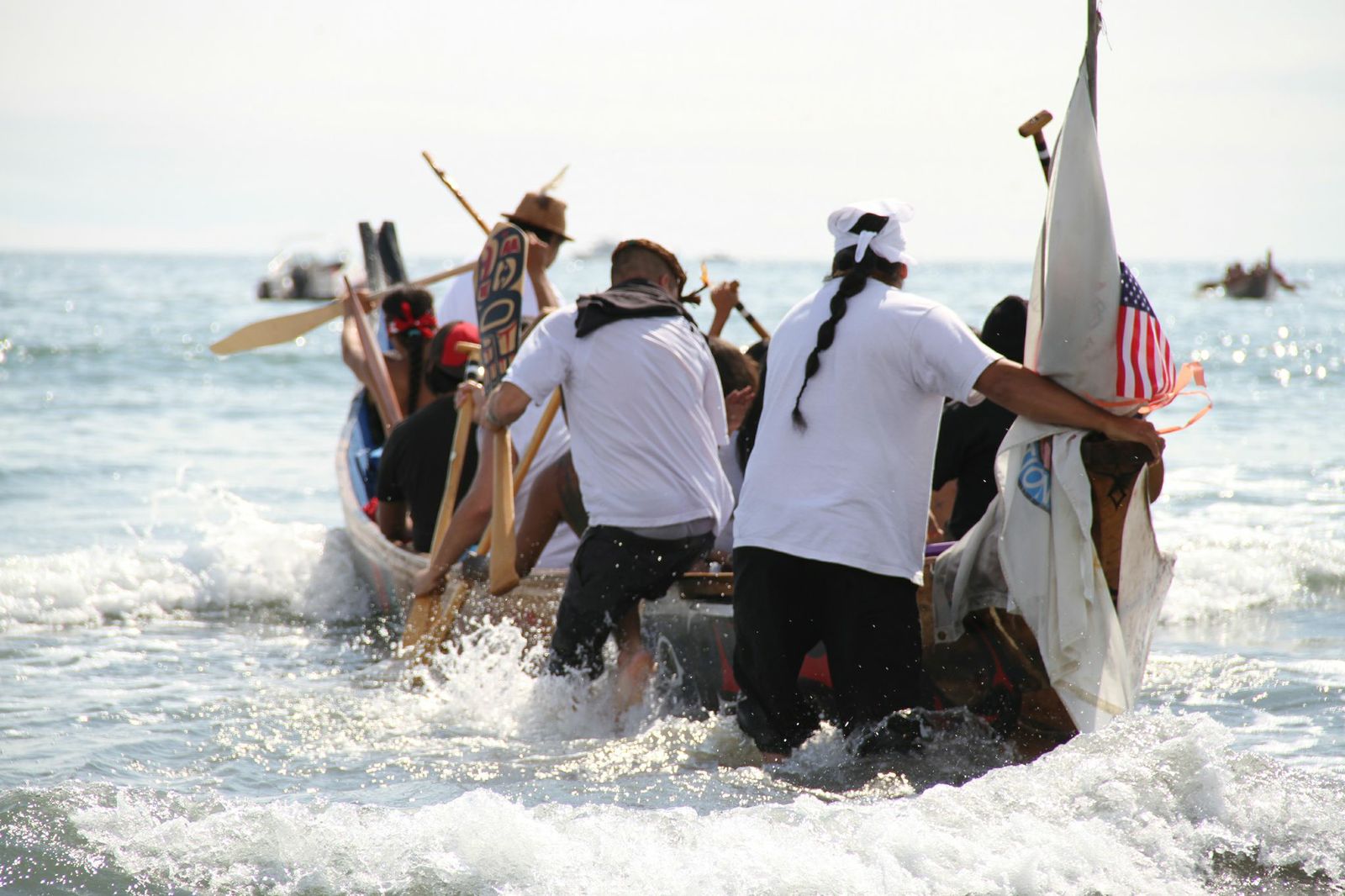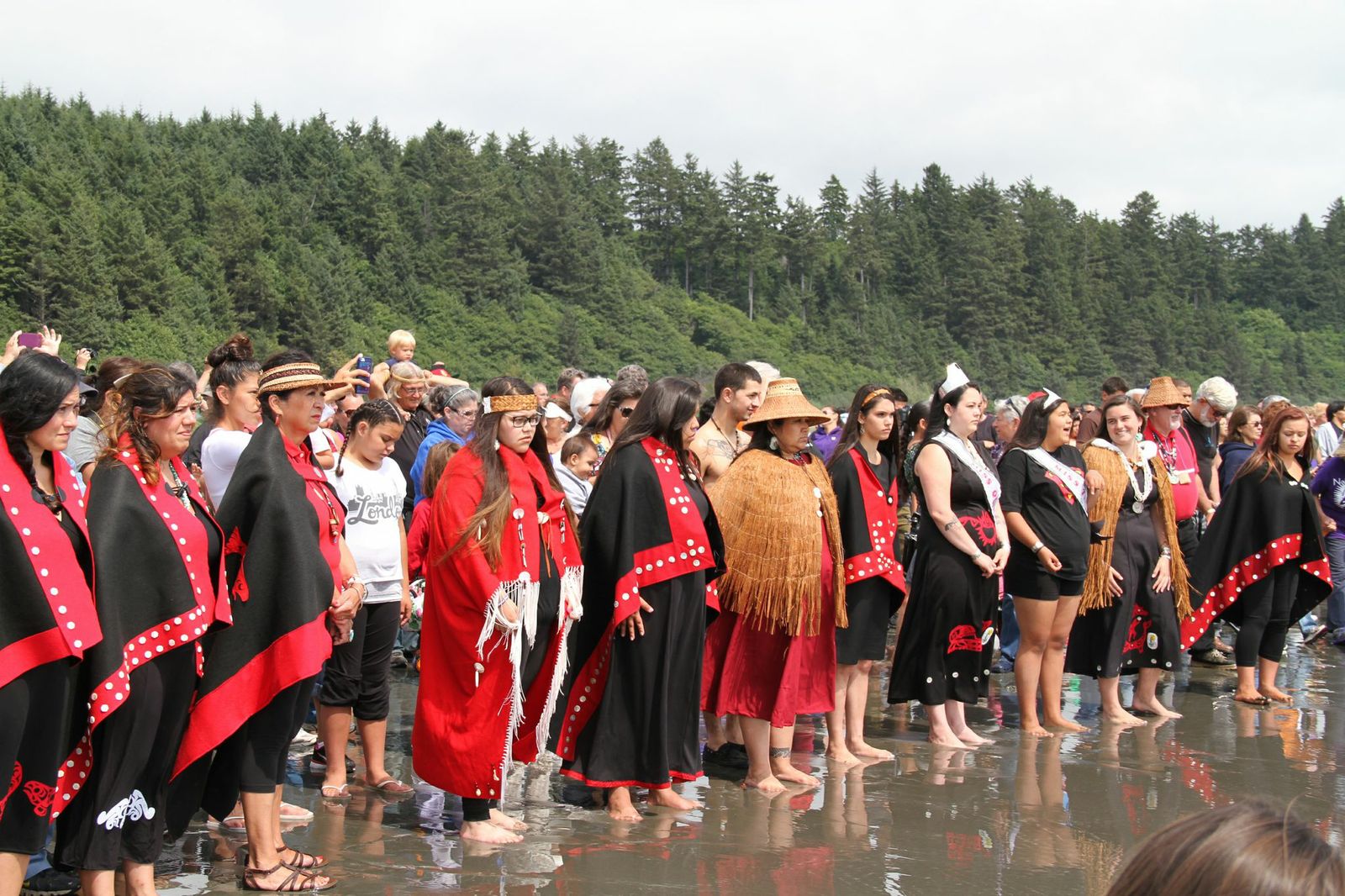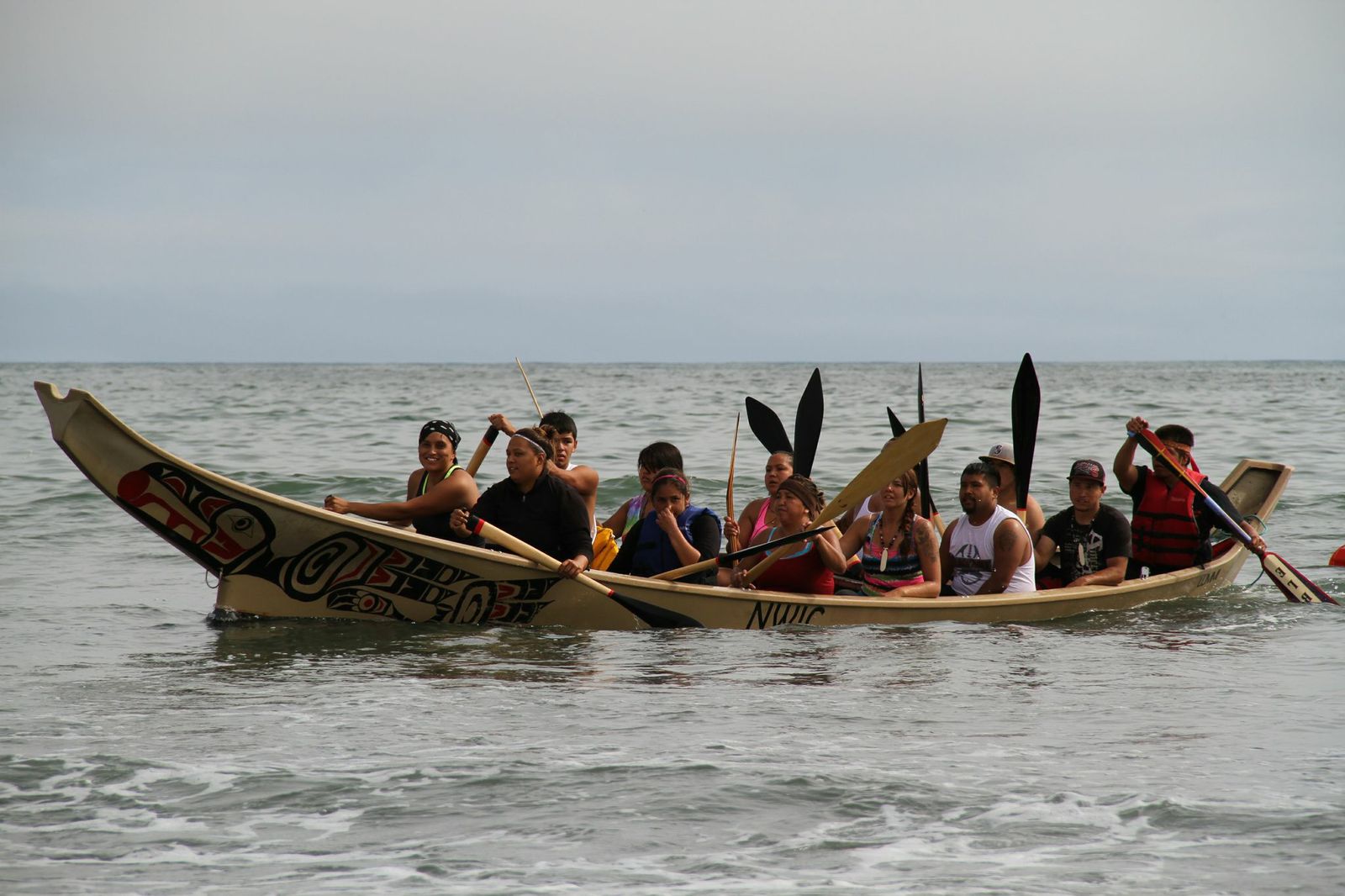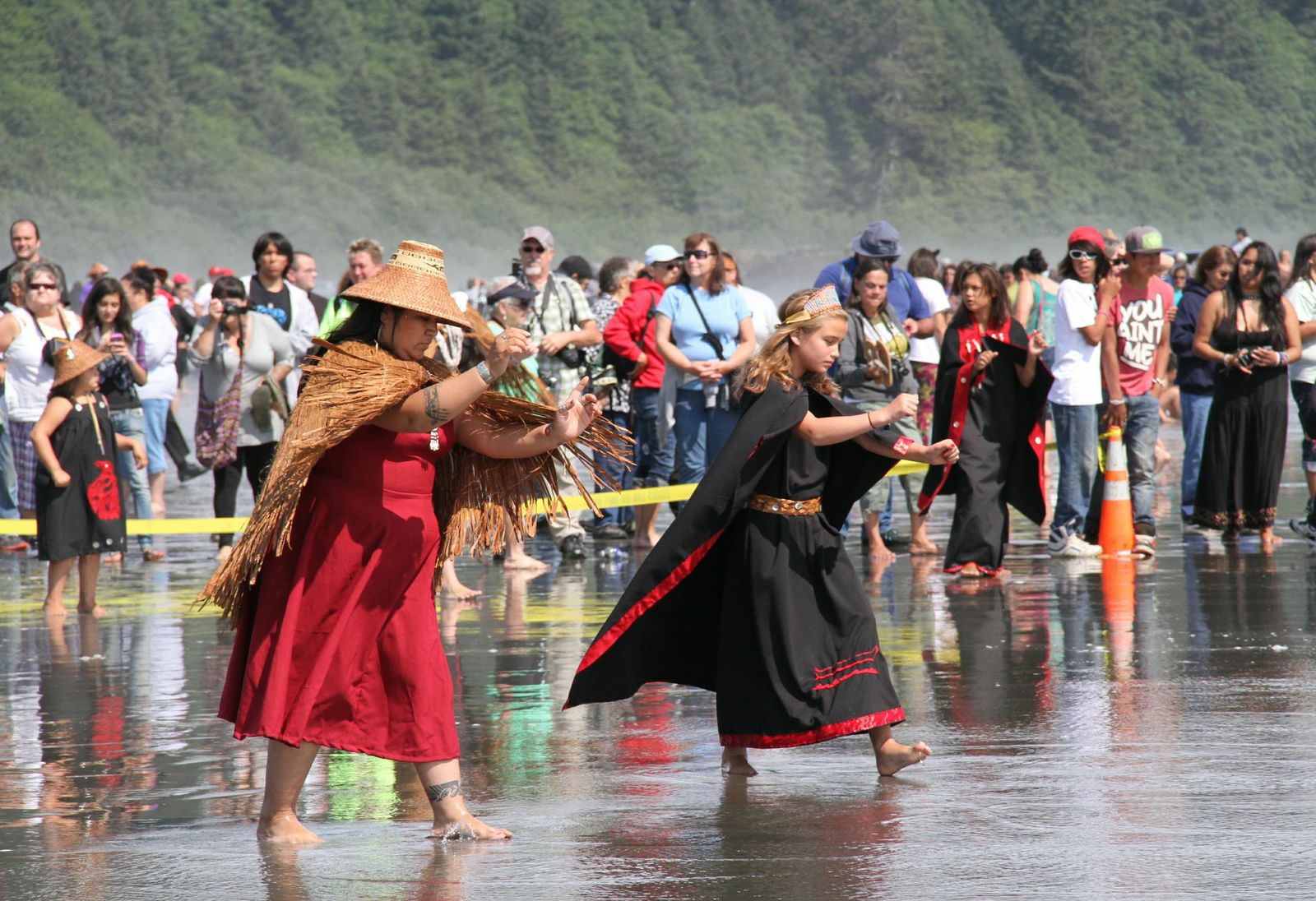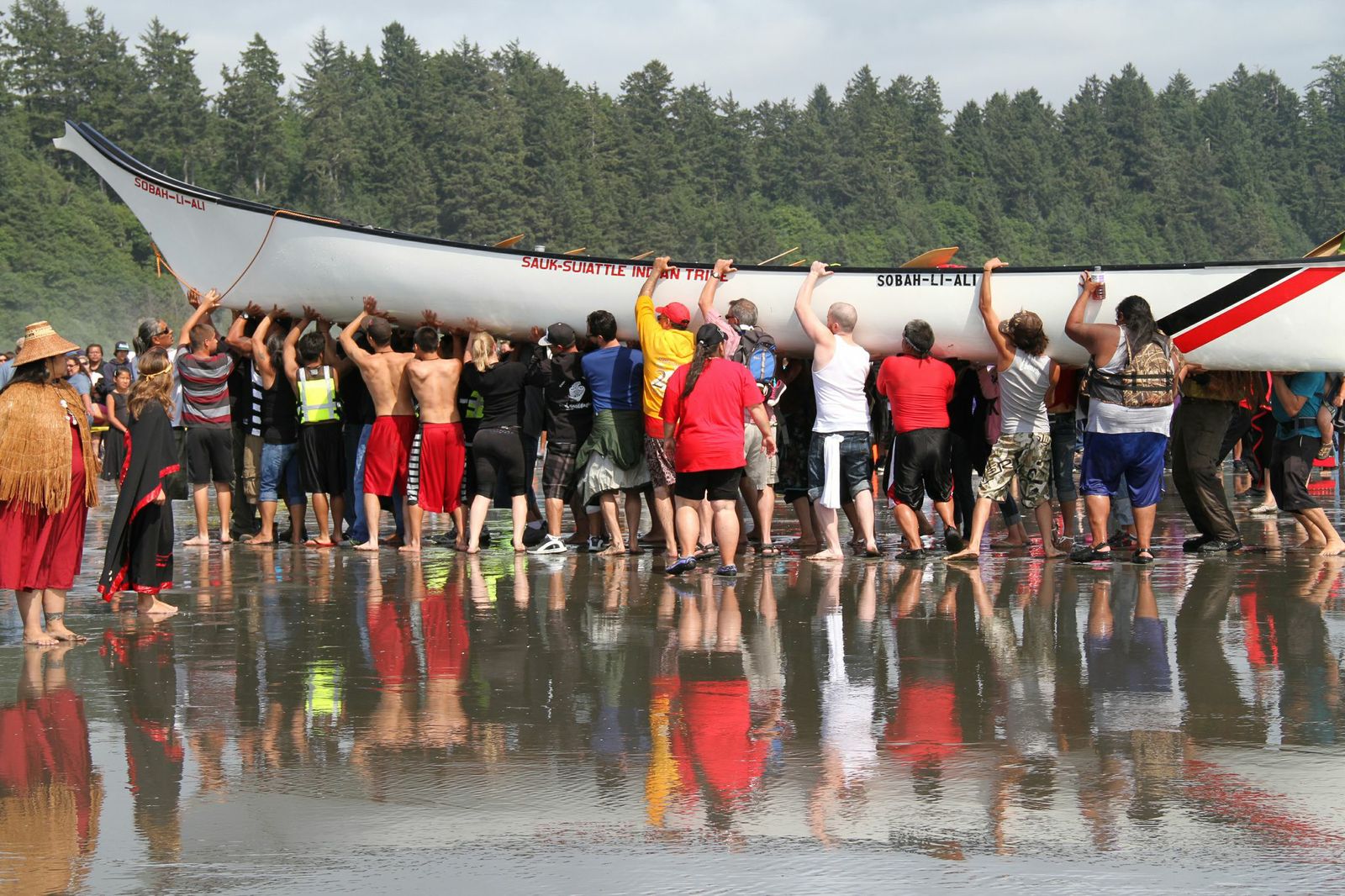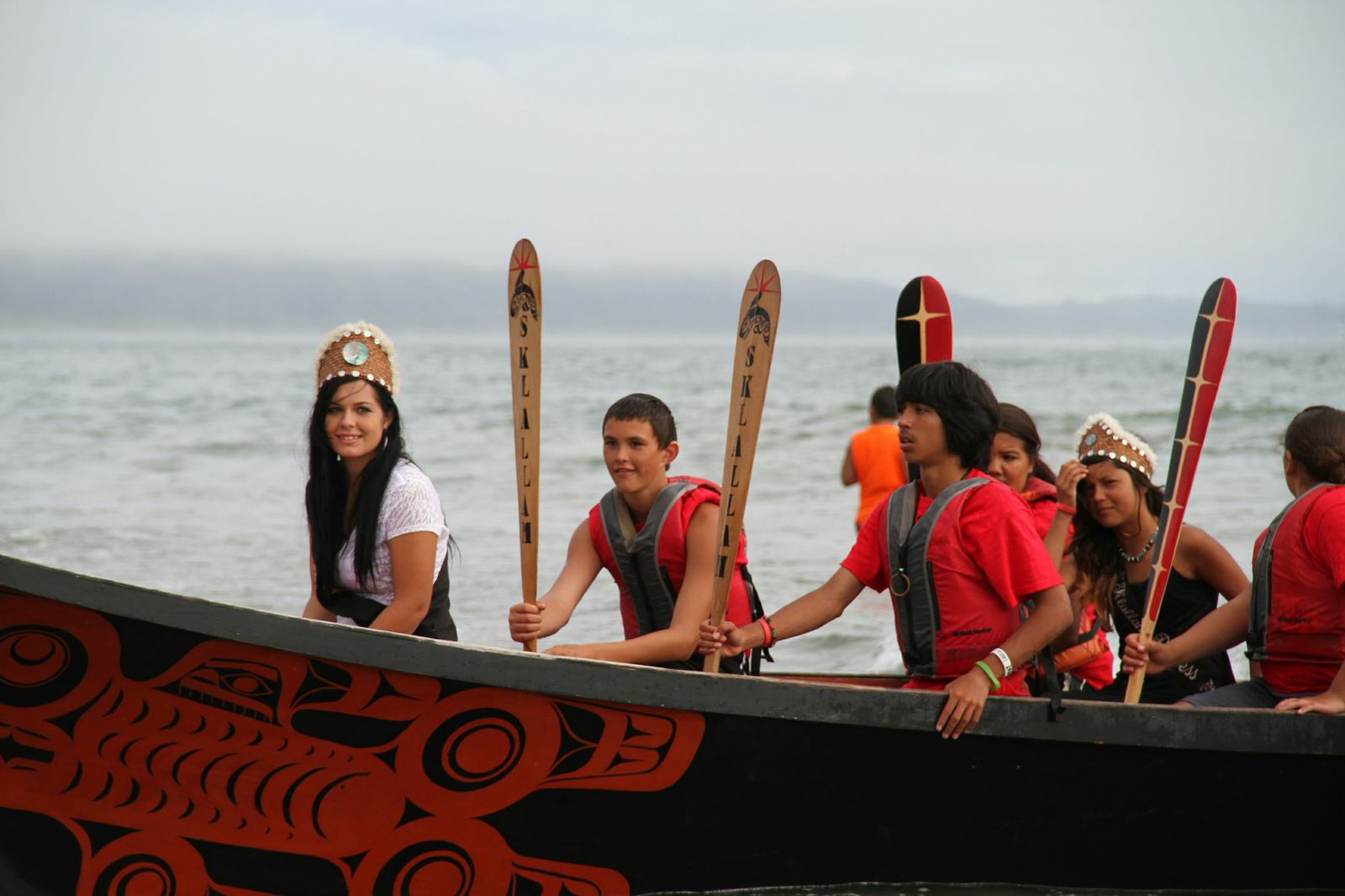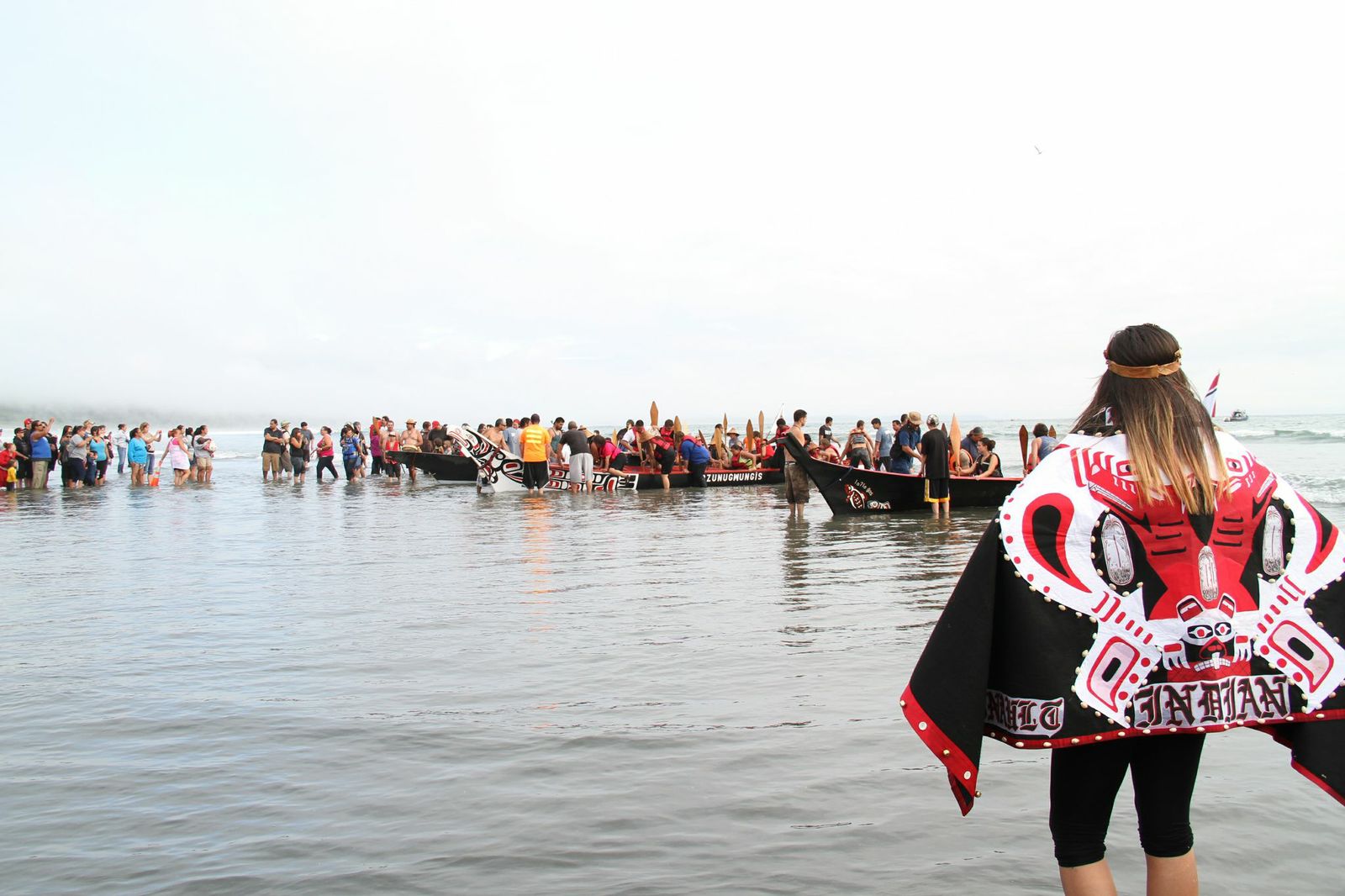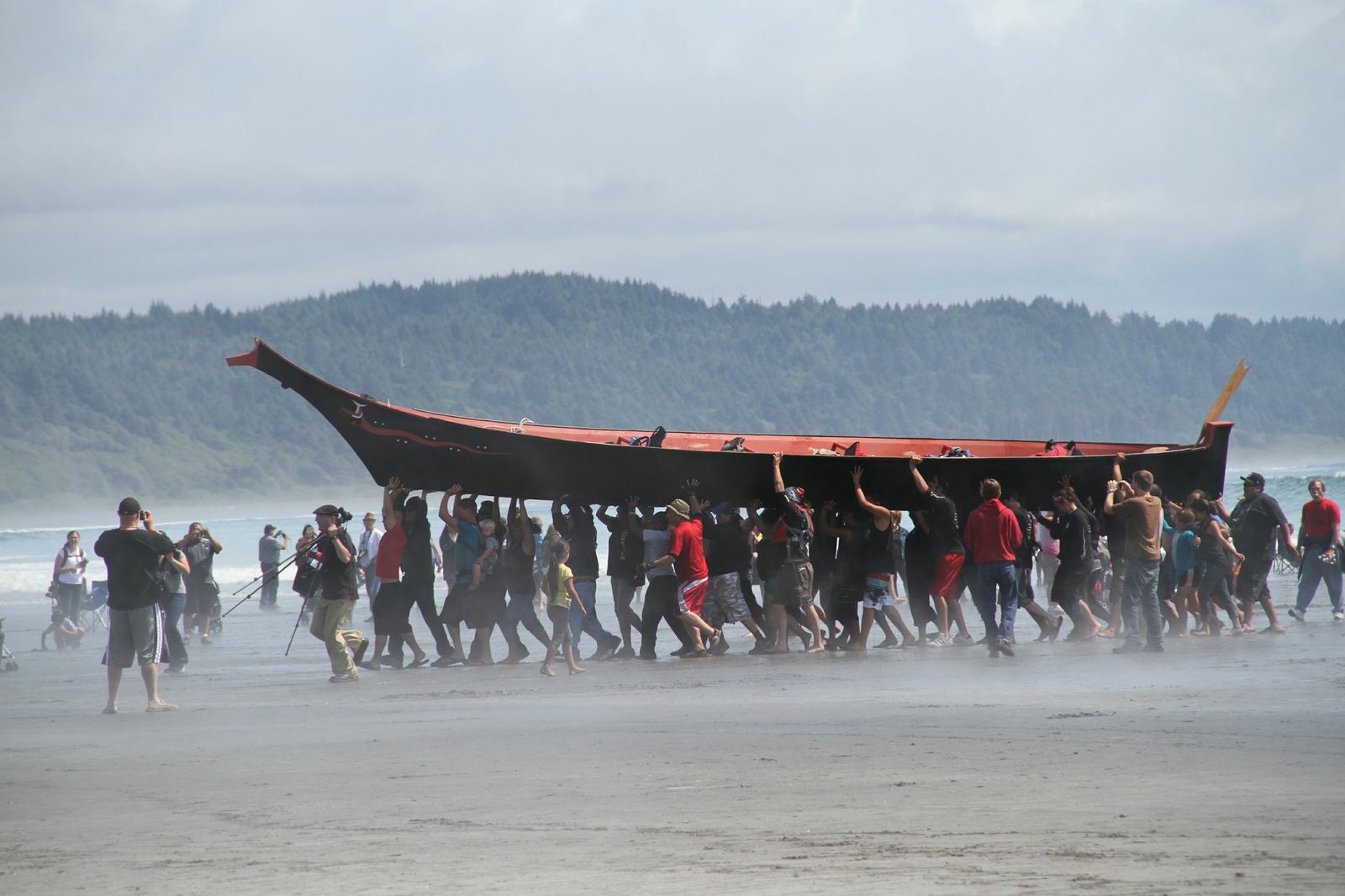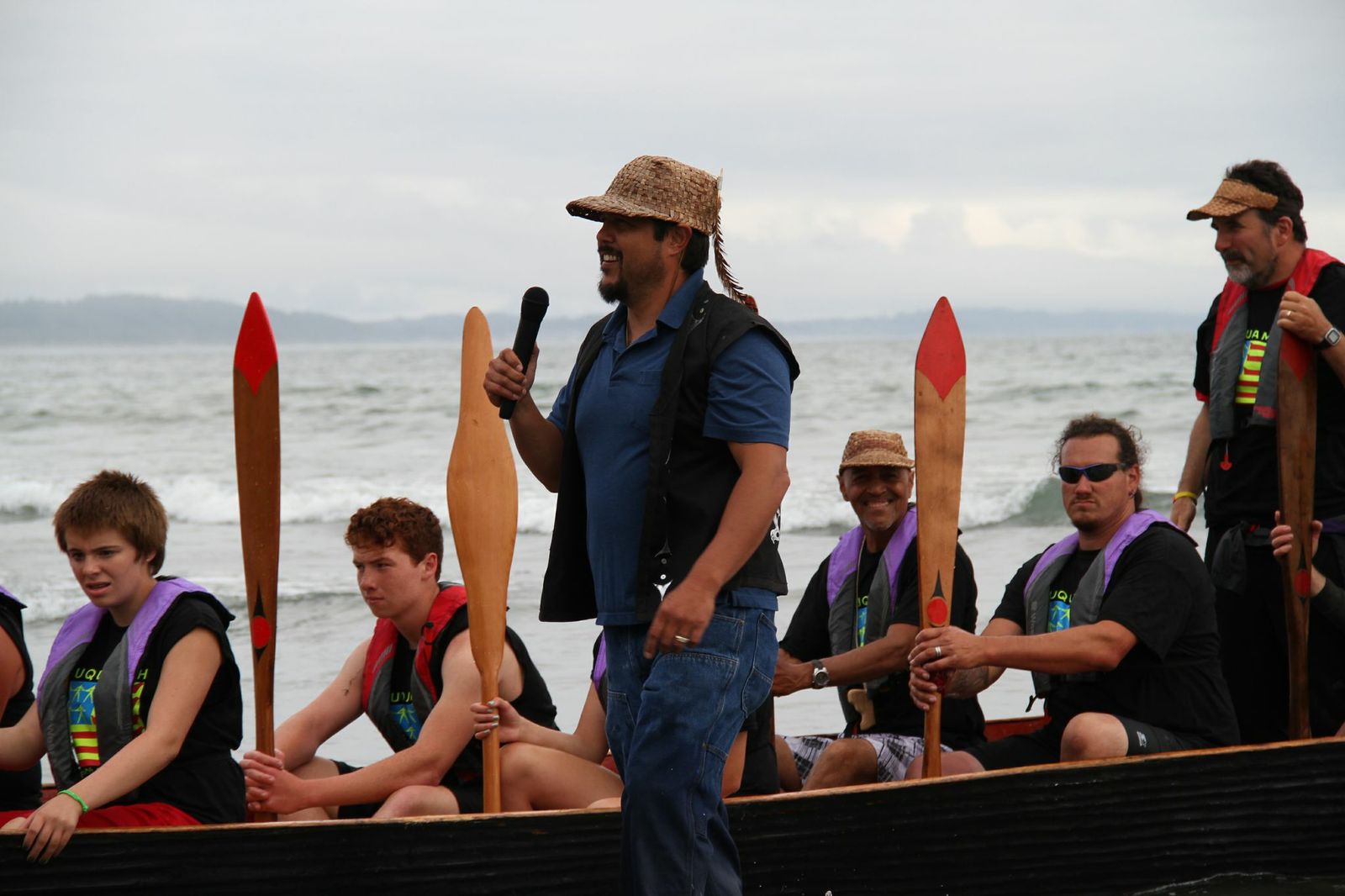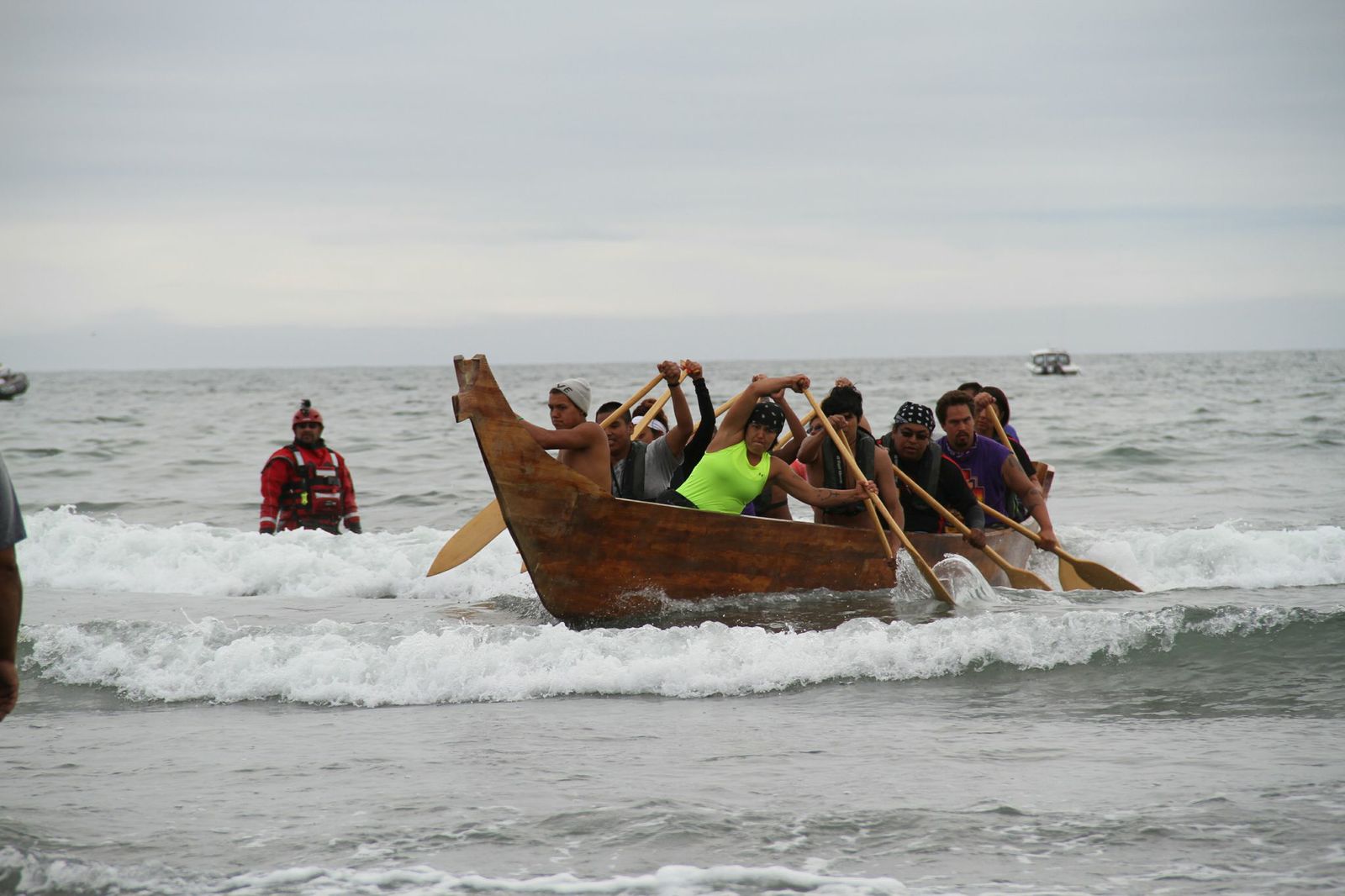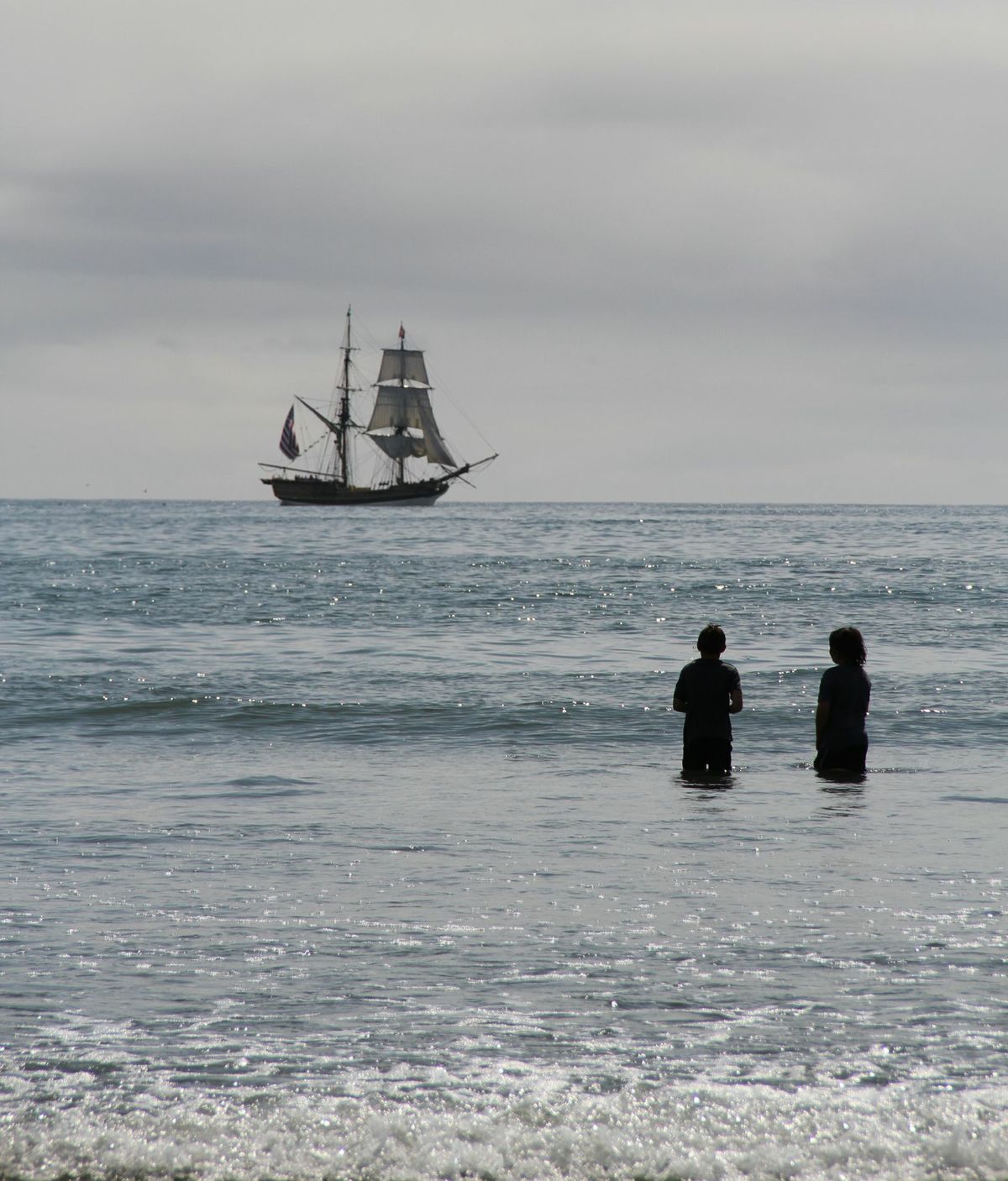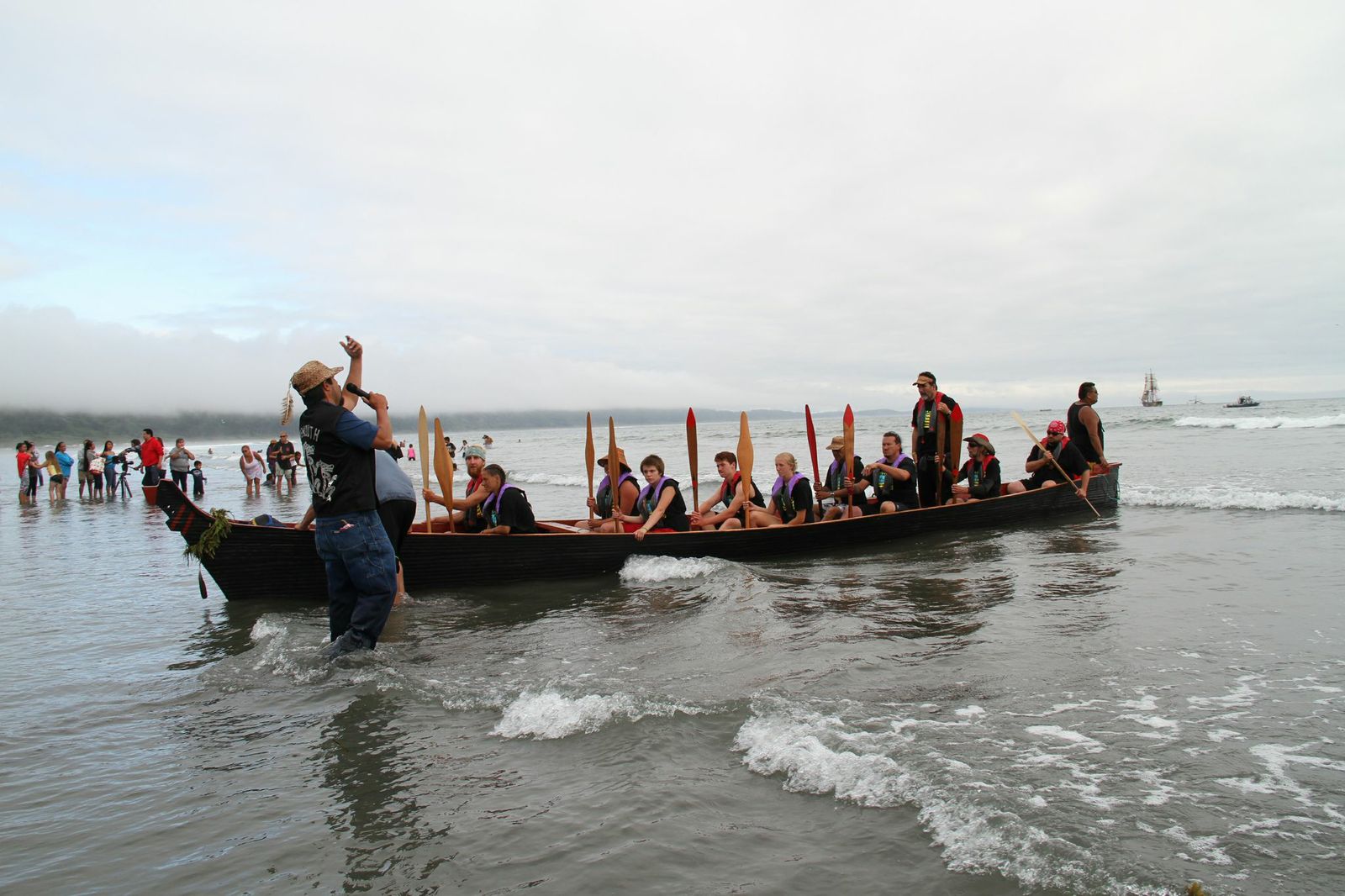By Kalvin Valdillez, Tulalip News
For nearly thirty years, tribal nations of the Pacific Northwest participate in a gathering during the late months of every summer known as Tribal Canoe Journeys. Originally inspired by the ‘Paddle to Seattle’ of 1989, tribes of Washington State, along with bands from British Columbia, take turns hosting the Canoe Journey on their reservations each year. The participants navigate the open waters in traditional cedar canoes, traveling from tribe to tribe until reaching the host’s reservation, where an entire week of traditional song and dance takes place. Hundreds, if not thousands, of Native Americans and First Nations people proudly pull in the annual Journey, representing their tribes and sharing songs, dances and stories along the way. As you may have noticed, 2018 appears to be flying by as it’s already springtime, which means that this year’s Canoe Journey, the Power Paddle to Puyallup, is right around the corner.
In preparation for this summer’s Journey, the Tulalip Rediscovery Program, the Tulalip Canoe Family and multiple community members met at the Tulalip Veterans Park on the evening of April 2, for the annual Canoe Cleaning Ceremony.

“Today we washed up the canoes, getting them ready for the season and spending a little time with them,” says Andrew Gobin of the Tulalip Rediscovery Program. “This weekend we woke them up, brought them all out and had them brushed off for the year. Then today, we cleaned them up so they’re all ready to go. We got out all the marks and everything from last year so they look nice. It’s more than just cleaning the canoes, people learn to care for the canoes in this way. They get a feel for the canoe, they get to know her a little more personally.”
The three family canoes, Little Sister, Big Sister and Big Brother were cleansed and blessed as participants, ranging from youth to elders, gave the sacred canoes a full detail. Among the many community members were Tulalip Youth Council Chairwoman, JLynn Joseph, who stated she attended the event in support of the Tulalip Canoe Family as well as a representative for the Youth Council. Tulalip tribal member and frequent Canoe Journey puller, Monie Ordonia, also participated in the cleansing.
“I really love Canoe Journey,” Monie states. “I feel it’s an honor to be able to wash and clean all the canoes and treat them as sacred as they are. It was fun, I really enjoyed it. When I’m wiping the canoes down, I like to be in a prayerful field of saying, I honor you and I love you for taking care of us on the water.”
Now that the cleaning ceremony has concluded, the canoes are ready to launch into Tulalip Bay, so that this year’s pullers can get reacquainted with the open waters and rebuild strength and stamina for those long days of pulling in the sun. The Rediscovery Program is in the process of planning weekend-day trips along the coast, once the pullers are ready for longer trips on the water.
“It’s a basic teaching; you take care of the canoe, the canoe will take care of you,” expresses Andrew about the ceremony. “Cleaning the canoe and learning to care for the canoe translates to something deeper. When you take the canoe on the water and get into rough seas, she’ll carry you through wherever you need to go.”
Canoe Practice begins at 5:00 p.m. on Wednesday April 4, at the Tulalip Marina and will continue every Monday and Wednesday until the Power Paddle to Puyallup begins this summer. For further details, please contact the Tulalip Rediscovery Program at (360) 716-2635.
